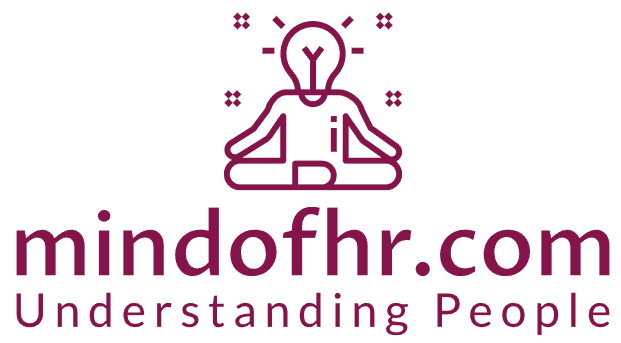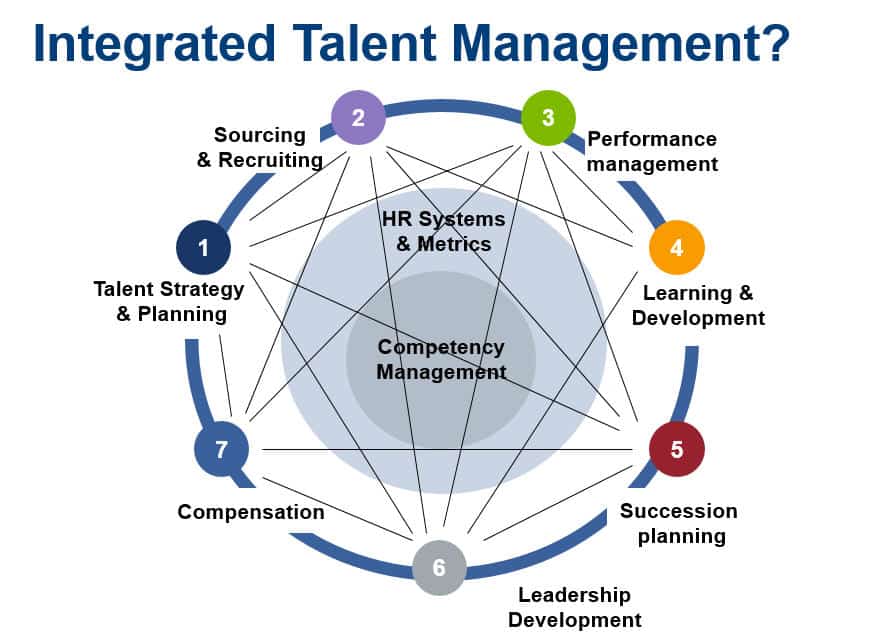Talent management is a critical component of organizational success, as it directly impacts an organization’s ability to attract, develop, and retain top talent. Conversely, organizational effectiveness can also play a significant role in shaping an organization’s talent management practices and outcomes.
The Impact of Organizational Effectiveness on Talent Management
Attracting Talent
Highly effective organizations are often seen as desirable places to work, which helps them attract top talent. Organizations that demonstrate strong financial performance, innovative capabilities, and a positive work culture are more likely to be successful in recruiting skilled and motivated employees.
Developing Talent
Organizationally effective companies typically have robust talent development programs that invest in the growth and advancement of their employees. These programs often include training, mentoring, job rotations, and other initiatives that help employees acquire new skills and take on greater responsibilities. By developing their talent, organizationally effective companies are better able to build a strong pipeline of internal candidates for key roles.
Retaining Talent
Organizational effectiveness is also closely linked to employee satisfaction and engagement, which are critical factors in talent retention. Companies that excel at strategy execution, innovation, and meeting customer needs tend to foster work environments that motivate and retain top performers. Employees are more likely to stay with organizations that provide clear career paths, opportunities for growth, and a sense of purpose.
The Role of Talent Management in Organizational Effectiveness
Improved Performance
Effective talent management practices, such as attracting, developing, and retaining skilled employees, can directly contribute to an organization’s overall performance and effectiveness. By having the right people in the right roles, organizations are better equipped to achieve their strategic objectives and outperform their competitors.
Enhanced Adaptability
In today’s rapidly changing business environment, the ability to adapt and innovate is crucial for organizational effectiveness. Talent management practices that focus on building a diverse, agile, and highly skilled workforce can enhance an organization’s capacity to respond to market shifts and capitalize on new opportunities.
Sustained Competitive Advantage
Effective talent management can be a source of sustained competitive advantage for organizations. By developing a deep bench of talented employees, companies can differentiate themselves from rivals and maintain a leading position in their industry.
Here are some important talent management metrics which an OE professional measures for each stage of the employee lifecycle and then designs interventions:
Talent Acquisition
Time-to-Fill
- Measures the average time it takes to fill an open position
- Example: Cisco reduced its time-to-fill from 60 days to 45 days by streamlining its recruitment process and using data analytics to identify top talent sources.
Cost-per-Hire
- Measures the total cost of recruiting and hiring a new employee
- Example: Unilever reduced its cost-per-hire by 30% by implementing a digital recruitment platform and using social media to attract passive candidates.
Quality-of-Hire
- Measures the performance and retention of new hires
- Example: Google uses a combination of structured interviews, work samples, and reference checks to assess the quality of its hires, resulting in a 90% employee satisfaction rate.
Talent Development
Training Effectiveness
- Measures the impact of training programs on employee performance and skills
- Example: IBM uses a combination of online courses, virtual classrooms, and on-the-job training to develop its employees, resulting in a 30% increase in productivity.
Career Progression
- Measures the percentage of employees who receive promotions or lateral moves
- Example: Microsoft encourages its employees to take on stretch assignments and cross-functional projects to develop their skills and advance their careers, resulting in a 70% internal promotion rate.
Succession Planning
- Measures the percentage of key positions with identified successors
- Example: Johnson & Johnson has a robust succession planning process that identifies high-potential employees and provides them with targeted development opportunities, resulting in a 90% succession rate for critical roles.
Talent Retention
Employee Engagement
- Measures the level of employee satisfaction, commitment, and motivation
- Example: Starbucks uses regular employee surveys, focus groups, and town hall meetings to measure and improve employee engagement, resulting in a 90% employee engagement rate.
Employee Turnover
- Measures the percentage of employees who leave the organization voluntarily or involuntarily
- Example: Zappos has a low employee turnover rate of 10% by offering competitive compensation, providing opportunities for growth and development, and fostering a strong company culture.
Regrettable Turnover
- Measures the percentage of high-performing employees who leave the organization
- Example: Netflix has a low regrettable turnover rate by providing competitive compensation, offering challenging work, and giving employees the freedom to make decisions.
By measuring and analyzing these talent management metrics, organizations can identify areas for improvement, benchmark their performance against industry standards, and make data-driven decisions to enhance their talent management strategies and drive organizational effectiveness.
In conclusion, the relationship between organizational effectiveness and talent management is a mutually reinforcing one. Organizationally effective companies tend to have more success in attracting, developing, and retaining top talent, while effective talent management practices can, in turn, contribute to an organization’s overall effectiveness and competitive edge.











